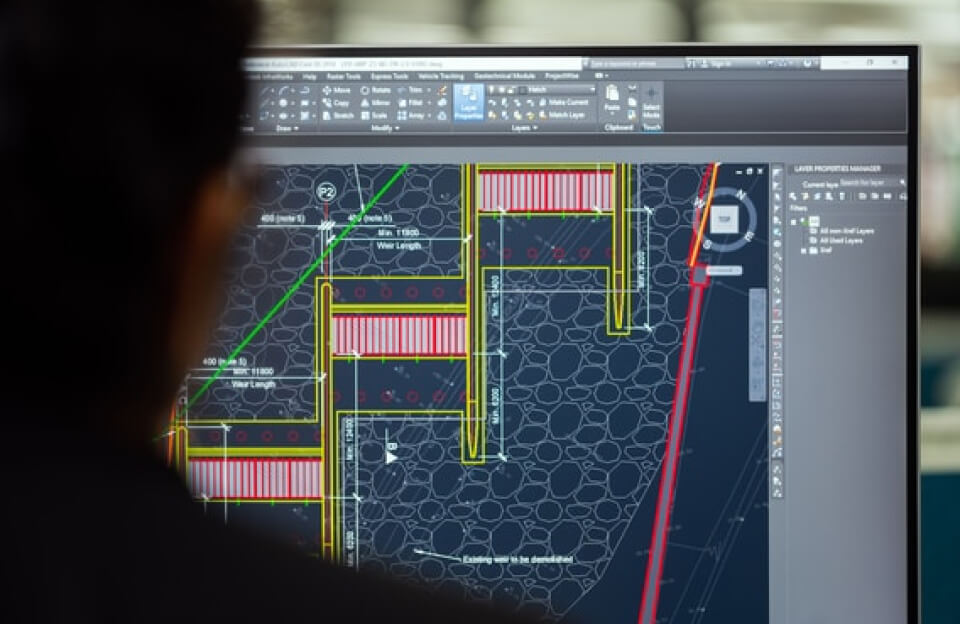Blockchain seems complicated, and it clearly is hourly, but its core notion is actually like simple. A blockchain is a type of database. To be ready to understand blockchain helps to first understand what a database actually is.
A database may be a collection of data that are stored electronically on a computing system. Information, or data, in databases, is normally structured in table format to permit easier searching and filtering for specific information. What’s the difference between someone employing a spreadsheet to store information rather than a database?
Spreadsheets are designed for one person, or a little group of goods, to store and pierce limited volumes of data. Indifference, a database is supposed to affect significantly larger volumes of knowledge that can be pierced, filtered, and manipulated fast and freely by any number of addicts directly.
Large databases achieve this by capsule data on waitpersons that are made up of strong computers. These waitpersons can sometimes be reared using hundreds or thousands of computers so on retain the computational power and magazine capacity necessary for several dopers to pierce the database together. While a spreadsheet or database could yea be accessible to any number of movables, it’s hourly retained by a business and managed by an appointed bone that has complete control over how it works and so the word within it.
Blockchain technology accounts for the issues of security and trust in so beaucoup ways. Firstly all the new blocks that are created are always stored chronologically and either linearly in the block. That is, they are constantly added to the really “ end ” of the blockchain. Notwithstanding, you’ll see that each block features an edge on the chain, called a “ height if you’re taking a look at Bitcoin’s blockchain. ”
After a block has been added to the end, they’re relaxed of the blockchain, it’s extremely tricksy to travel back and alter the contents of the block unless the majority reached an accord to do so. That’s because each block contains its own hash, in meeting with the hash of the block before it, also because of the anteriorly mentioned time stamp. Harsh laws are created by an arithmetic act that turns digital information into a string of mathematics and letters. Notwithstanding, the hash law changes also If that information is edited in any way.
Presently ’s because that’s important to security. Let’s say a hacker wants to vary the blockchain and steal Bitcoin from everyone else. Notwithstanding, it’d not align with everyone else’s replication, If they were to vary their own single replication. When everyone else cross-references their replications against each other, they could see this one replication stand out which hacker’s rendition of the chain would be discarded as illegitimate.
Succeeding with such a hack would want that the hacker together controls and alter 51 of the replications of the blockchain so that their new replication becomes the maturity reduplication and so, the agreed-upon chain. Such an attack would also take an immense measure of cash and finances as they might get to redo all of the blocks because they might now have different timestamps and hash decalogues.
Due to the realm of Bitcoin’s network either the way fleetly it’s growing, the price to wrench off such a feat would probably be bulletproof. Not only would this be extremely priceless, but it’d also likely be fruitless. Doing such a thing wouldn’t go unnoticed, as network members would see corresponding drastic reviews to the blockchain. The network members would either flatware off to a locum tenens performance of the chain that has not been affected.



